As a Founder and/or CEO, you have ambitions and aspirations for your company that include revenue growth. Your investors and Board expect it to increase at an ever-accelerating rate and want to know what future amounts you’re committing to – further and further out on the calendar – otherwise known as forecasting.
Following previous articles on early customer acquisition, we’re looking ahead to your next challenge – forecasting. Ah, forecast; in some circles a four-letter word. There are countless approaches to it (more on those in another post) yet, they all begin with visibility on your pipeline, understanding what’s influencing it, and impacting it to deliver expected results.
Let’s say you’re considered early-stage (just beyond early-customer acquisition mode) or growth-stage (have achieved revenue growth but it’s hard to predict) – you still have revenue peaks and valleys. You understand the needs of your target personas and your impact. Messaging and value proposition alignment has resulted in inbound leads at a solid rate. All sales are now value-based – not relationship-based. You have a sales process and as the Founder accountable for sales or the first sales leader you want to normalize and operationalize revenue (delivering it at an ever-increasing scale with a degree of predictability leading to accurate forecasting).
Recognizing the signals indicating sales team performance through all the noise and gaining insights needed to improve (on a team and individual salesperson level) is critical. You need to know where your sales process is getting hung up, understand what’s in the pipeline, its likelihood to close when and at what amount – not guessing but a commitment. Not a forecast but a promise. There’s nothing worse than seeing a great number assured at the beginning of the month or quarter and watching it steadily decrease as you get closer to its due date.
“Sounds great, Mike,” you say. “So where do I start?”

Let’s get after building your foundation with a few key areas:
- Tracking deals and their characteristics – simple things like the lead source, industry, company size, length of sales cycle, DMU members, personas, and roles they played. If you’re using Hubspot it’s easily configurable to capture this information
- Understanding sales process issues and where incremental improvements are needed. As your team grows this approach will help highlight where you want to focus additional coaching and training
- Knowing the health of your pipeline – and where your attention is needed to ensure revenue targets and forecasts are met.
There are a multitude of ways to capture and identify the subject matter above, so use whatever means you prefer or have available. I’ve been working closely with the team at DemandSage (led by CEO Raj Argawal of Localytics fame) developing reports that (if you’re using Hubspot) will automatically generate the reports you need for these insights.
A little about DemandSage – They’re pulling Hubspot data helping sales leaders understand where they should be focusing their attention and improving the likelihood of achieving revenue targets. What’s slick about their reporting is it’s easily digestible and its accuracy is constantly improving – it applies learnings from your latest deals. Take a look at DemandSage in Hubspot’s App Marketplace. It’s easy to set up and all reports are automatically updated – so you can set it and forget it. The tool doesn’t replace a sales leader’s need to think but it does help you quickly understand where to focus your attention and compare pipeline performance over time.
Here’s a quick guide to a few reports I recommend you use and why:
Sales Dashboard – based on the deal create date or range of time, the dashboard provides a health report of your pipeline (made up of deals created within a window of time). You’re able to quickly understand what deals are “Healthy” (performing normally in your sales process) and which deals “Need Attentions” (something isn’t right and should be investigated). This helps guide your individual pipe crawls (confirming which deals remain on track and formulating an action plan for those at risk).
The really interesting piece of this report is the Opportunity Score. This score is refined by your most recently closed deals – it’s continually learning and applying the latest insights leading to an ever-more accurate score. In addition, this clever report presents the win rate, average deal size, average days to close, who your top-performing sales rep is, revenue closed, and the amount of potential revenue in the pipeline.
Questions this report answers:
- Which deals do I have to confirm next steps and calendared tasks/meetings exist? Which deals are at risk and need a plan to get back on track? What’s this look like at a company or individual sales rep level?
- What’s our deal win rate and how has it changed over time? Which way is it trending?
- What’s our average deal size and how long do they take the close? Which way is it trending?
- How much revenue did we get from leads generated last quarter, last month? What’s the likelihood of those open/active leads created closing?
Deal Outcome Forecast – Based on create date, DemandSage uses a Hubspot score and combines it with a DemandSage score leading to a “Likely to Win” or “Needs Attention” rating. The report can focus on a team or an individual sales rep. Absent of individual deal amounts, this report acts as a guide for the sales leader’s focus – where they’re needed most and taking a step toward an accurate revenue forecast. In addition, over time, the DS score accuracy improves reflecting ongoing learning versus a stagnant pipeline stage % multiplier.
Questions this report answers:
- Based on deals we have closed in the past, how are our current deals performing regardless of stage?
- Which deals are we “Likely to Win” and which deals “Need Attention” based on how they’re performing in their current stage?
- When I meet with a particular sales rep, where should I focus the conversation? Which deals (given their scores and deal stage)?
- How does my forecast stand? What’s my “early-warning” system telling me? And if I need to fix anything, where do I have time to fix it and what deals stand to have the best chance of having a positive impact?
Deal Post-Mortem Analysis – when you’re trying to understand where your deals are coming from, the impact of any new marketing initiatives, average deal size, and average days to close (over a certain period of time) check out this report. It lays out the information very simply allowing you to move your lens across time to see where deals are coming from and any impact on deal performance (size and time to close).
Deal Speed – Using the create date, this report provides easily digestible visibility on which deals have stalled or slowed and which deals are at or ahead of “pace”. By looking at the average time per stage and days in the current stage, a sales leader can quickly ascertain the current velocity or speed of individual deals in the pipeline. For an even more focused view, choose an individual deal owner.
A crystal ball doesn’t exist and you’ll never replace a thoughtful, experienced, data-driven sales leader. But what you can do is gain clear visibility through the fog and get a committed sense of the horizon and your future destination. With that, you can focus attention where you can influence and improve revenue-based outcomes. Again, this isn’t thinking for the sales leader or drawing fully baked conclusions. What it is doing is focusing the sales leader’s attention; pointing out deals to confirm to close and those at risk in order to have a detailed conversation as to why and importantly form an action plan for getting the deal back on track.
If you reach out to DemandSage, mention this blog post or Concivi Growth and Raj and the team will give you 3-months free plus 2-hours with a solutions consultant or data scientist. It’s well worth it IMHO. In the meantime, know your forecast doesn’t have to be a mystery shrouded in fog or a four-letter word.









